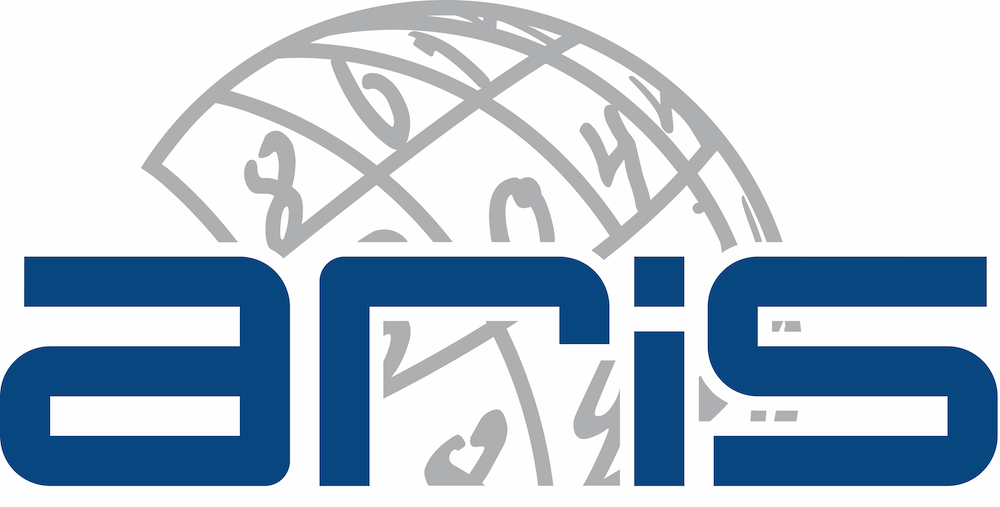Journal of Information Technology in Construction
ITcon Vol. 30, pg. 1528-1552, http://www.itcon.org/2025/62
A framework to analyse the energy and economic performance of shaded building integrated photovoltaic (BIPV) facades in low-rise and high-rise buildings in tropical climate
| DOI: | 10.36680/j.itcon.2025.062 | |
| submitted: | May 2025 | |
| revised: | September 2025 | |
| published: | September 2025 | |
| editor(s): | Purushothaman M B, GhaffarianHoseini A, Ghaffarianhoseini A, Rahimian F | |
| authors: | Aaliya Azeem, Ph.D. Student
Department of Civil Engineering, Indian Institute of Technology Bombay, India 214048003@iitb.ac.in Albert Thomas, Ph.D., Associate Professor Department of Civil Engineering, Indian Institute of Technology Bombay, India albert@iitb.ac.in | |
| summary: | The building sector being energy-intensive necessitates the transition to high performing buildings and as zero energy buildings by employing renewable strategies. The potential for photovoltaic (PV) electricity generation is particularly significant in tropical regions such as India, owing to the abundant availability of solar radiation. Building integrated photovoltaic (BIPV) systems present a promising solution when PV system installation areas are constrained. However, a primary challenge in energy generation is the shading caused by nearby buildings, which limits the energy generation potential. This study examines the impact of various shading scenarios on BIPV energy generation in both low-rise and high-rise buildings, alongside the economic viability of renewable energy adoption. A systematic approach is employed, involving the development of potential shading scenarios, modelling, and simulation of these scenarios to assess photovoltaic (PV) generation. The evaluation against building energy demand facilitates the assessment of Net/Nearly Zero Energy Building (NZEB) potential. Irradiation analysis is conducted to quantify solar gain loss due to shading compared to its base/unshaded case. Through a comparative assessment involving the study of irradiance loss due to shading and BIPV energy generation, the study evaluates the viability of BIPV systems on building facades, for achieving net-zero energy status in low-rise and high-rise structures. The study further investigates the economic feasibility of shaded PV integrated facades for both low-rise and high-rise buildings. In shaded conditions, high-rise buildings yield suboptimal results in achieving net-zero status, while shaded scenarios in low-rise buildings cover 20-40% of building energy demand. However, implementing PV integrated facades in high-rise buildings prove to be financially feasible with shorter payback periods compared to low-rise buildings. These findings provide valuable insights into the efficient utilization of BIPV technology and establish a foundation for informed decision-making in sustainable building design. | |
| keywords: | NZEB, BIPV, energy simulations, shading impact, LCCA | |
| full text: | (PDF file, 1.278 MB) | |
| citation: | Azeem A, Thomas A (2025). A framework to analyse the energy and economic performance of shaded building integrated photovoltaic (BIPV) facades in low-rise and high-rise buildings in tropical climate, ITcon Vol. 30, Special issue Smart and Sustainable Built Environment (SASBE 2024), pg. 1528-1552, https://doi.org/10.36680/j.itcon.2025.062 | |
| statistics: |





